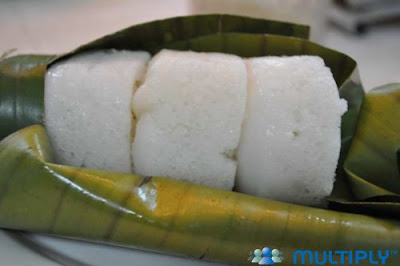
Where do you go for authentic Ilonggo brewed coffee? To the Ilonggo kapihan. And where do you find such a place? In the public markets of Iloilo. 

One of the most popular is Madge Coffee House located inside La Paz Public Market(in front of Grand Dame Hotel). Madge Coffee house is 55 years old. It’s one of the oldest family-run coffee shops in Iloilo.This was established by Mr. Gerardo de la Cruz in 1951.
Article courtesy of Inday Hami of ILOVEILOILO
Photos courtesy of death327 of Skyscrapercity forum and Inday Hami
Photos courtesy of death327 of Skyscrapercity forum and Inday Hami

The name Madge stuck on for Gerardo’s wife assisting him at the kapihan was named Magdalena. He passed on the business to his son, Vicente. With the untimely demise of Vicente in 2002, his son Peter took the reins. With his good marketing background (Peter was actually working as a branch manager for SM Delgado), he introduced innovations to the business.

Peter noticed Madge’s many loyal customers, generations in fact. As a perk and thank you, he made them personalized mugs, each with his loyal patron or suki's name. There are more than a 100 of these personalized mugs now apart from the regular coffee mugs for walk-in customers.


Peter's devotion to his customers can also be gleaned from the way he greets each one, treating each one as family. This warm homey approach at Madge's will be hard to match by any posh cafe in Iloilo.

The interiors of Madge’s Coffee Shop may be a far cry from any of the modern day cafes. No airconditioning; No classy interiors. But you will be won over by the quality of their brew and will perhaps laugh at its cost: P16.00 (less than $1!) for a perfect brew of organically grown beans from the hills of Iloilo.

Besides, part of the charm of the Ilonggo kapihan is precisely its very down to earth ambiance. What's so amusing is that every customer or group has a predictable sked. They arrive in shifts. The Ilonggo kapihan is a favorite hang-out of men who like to discuss and argue about the country’s latest news and events and gossips too. (Men never admit to that though). 

Article courtesy of Inday Hami of ILOVEILOILO
